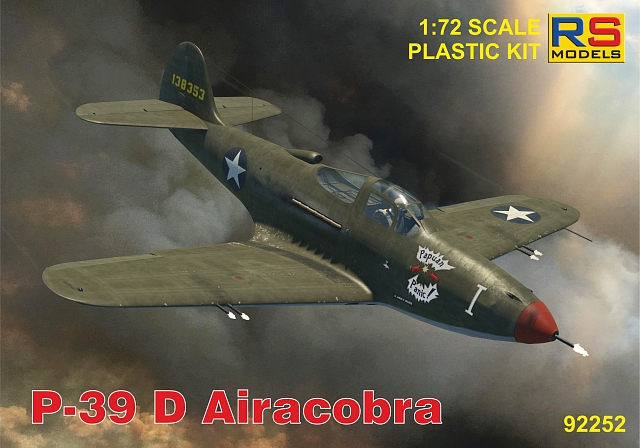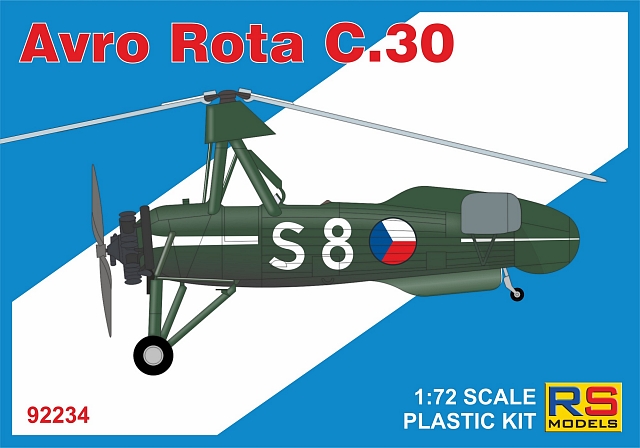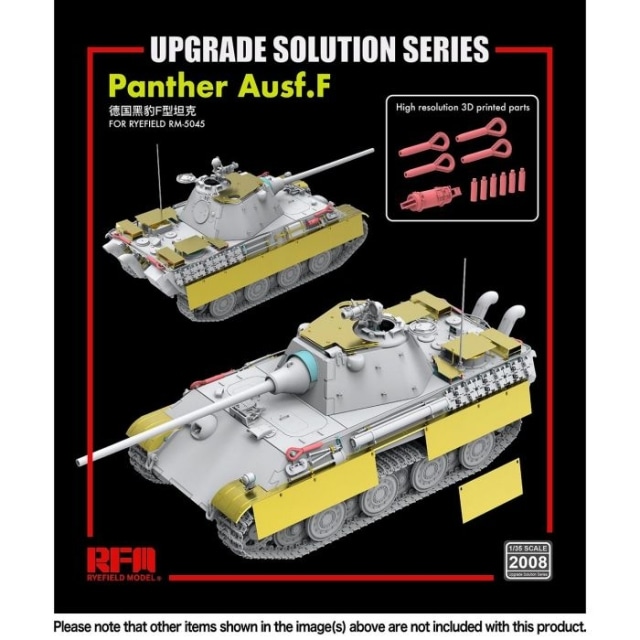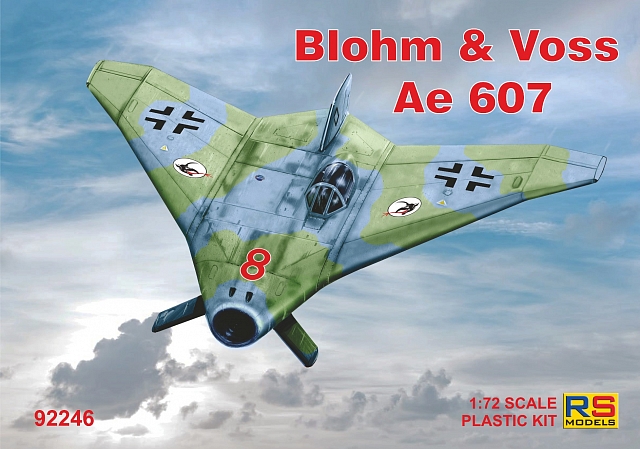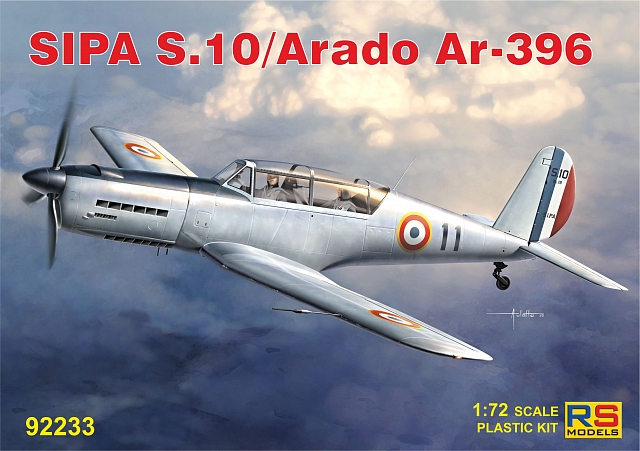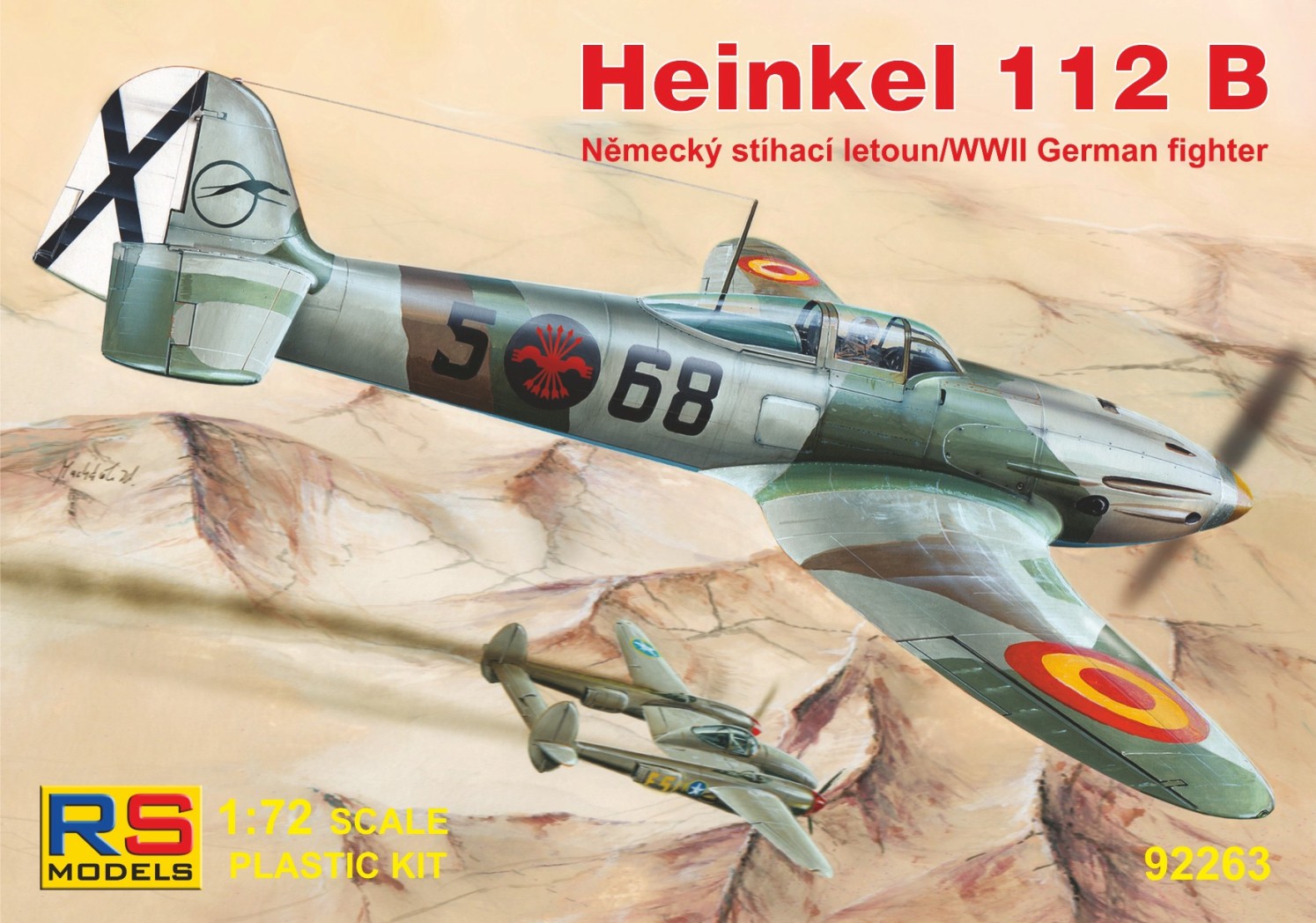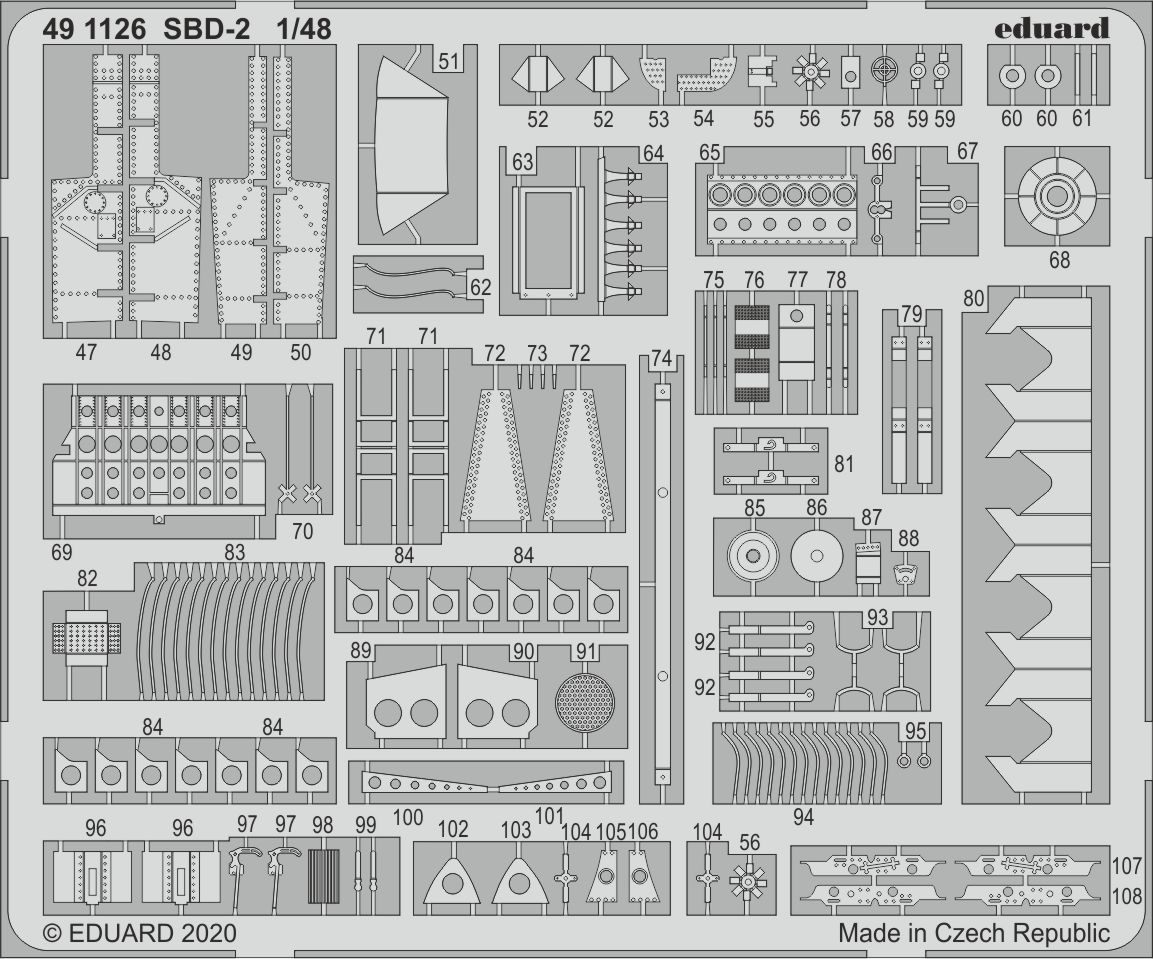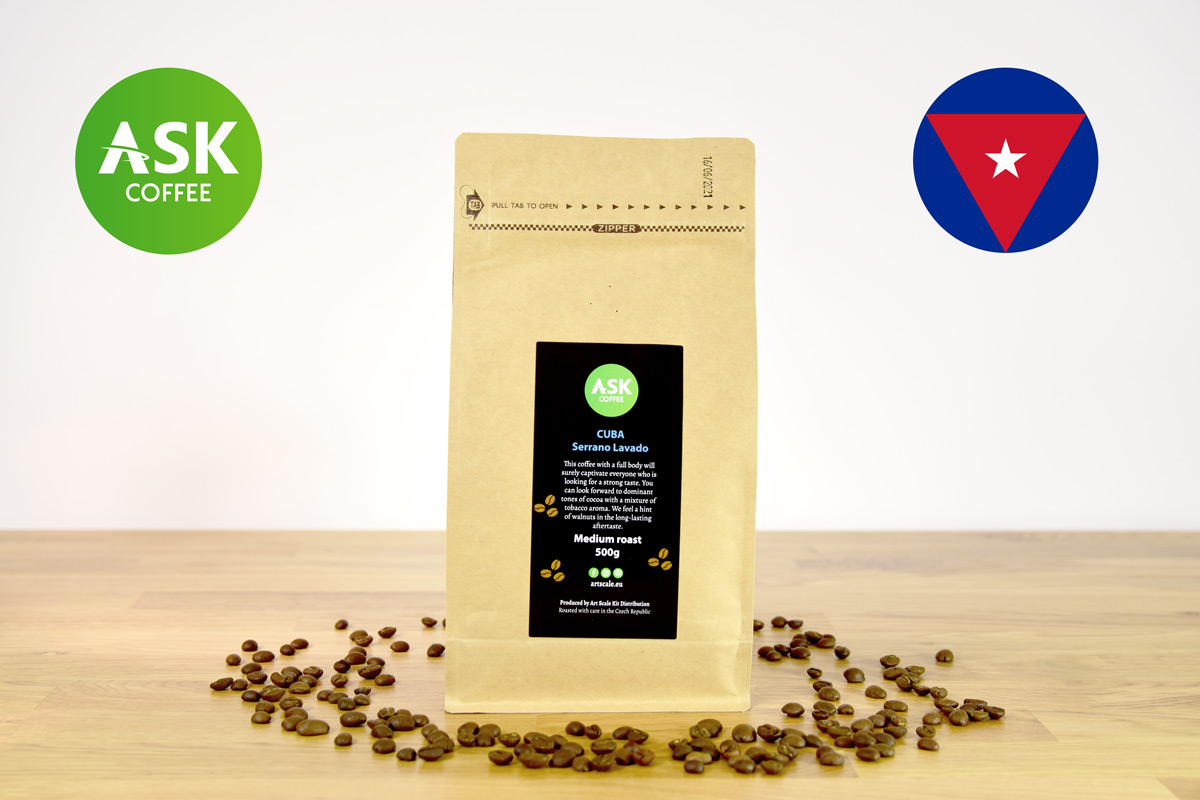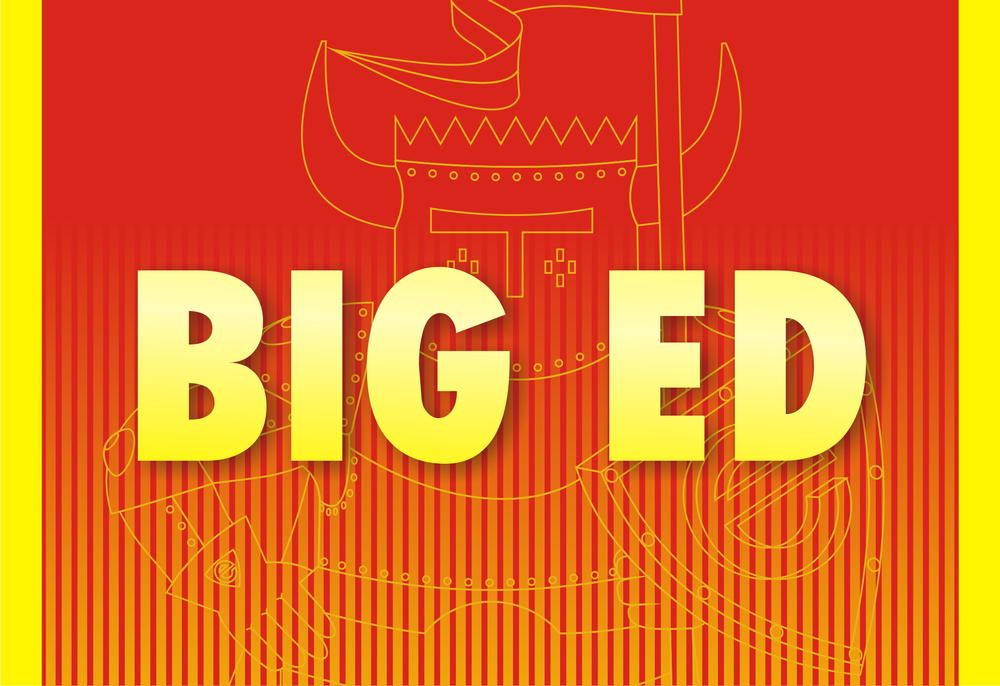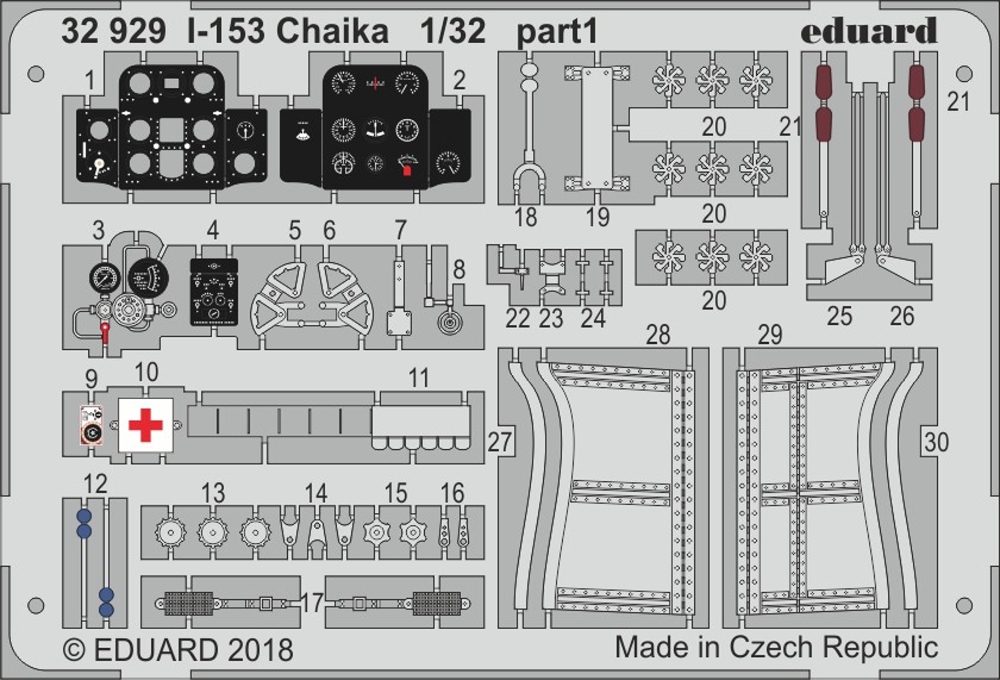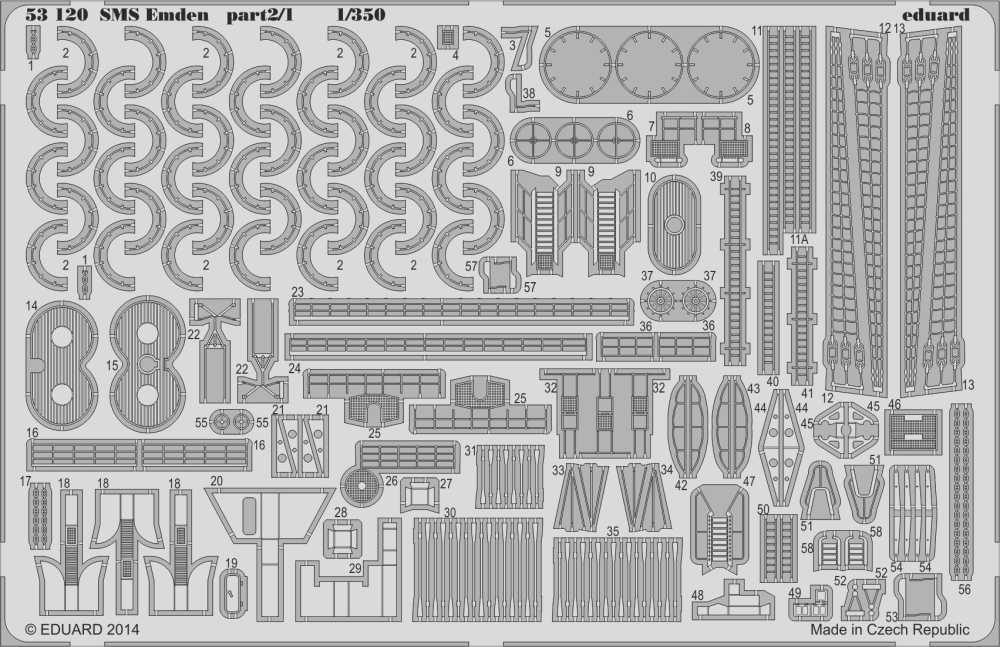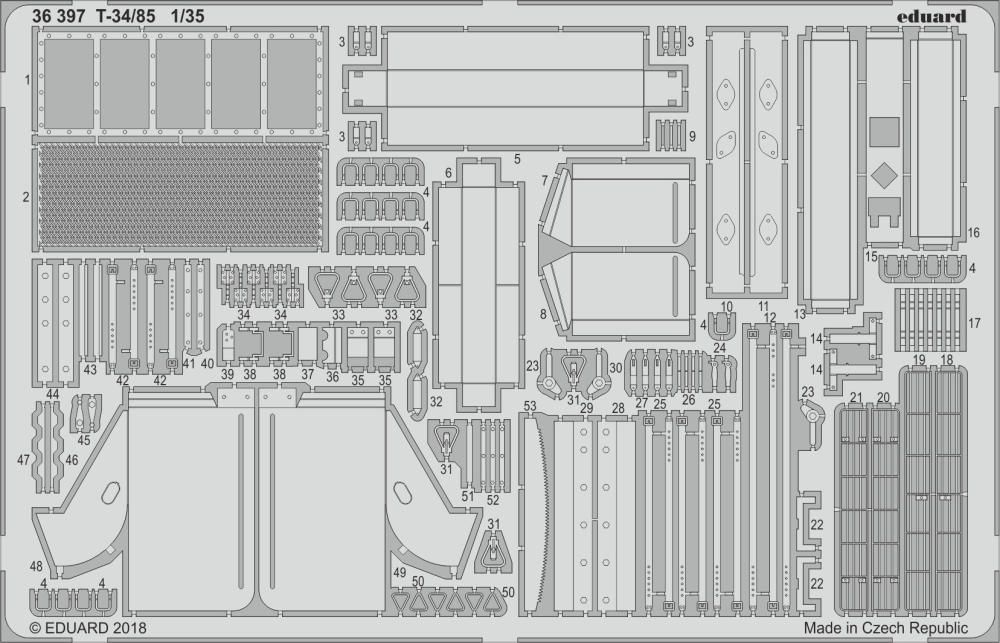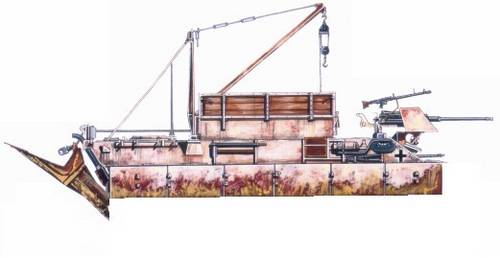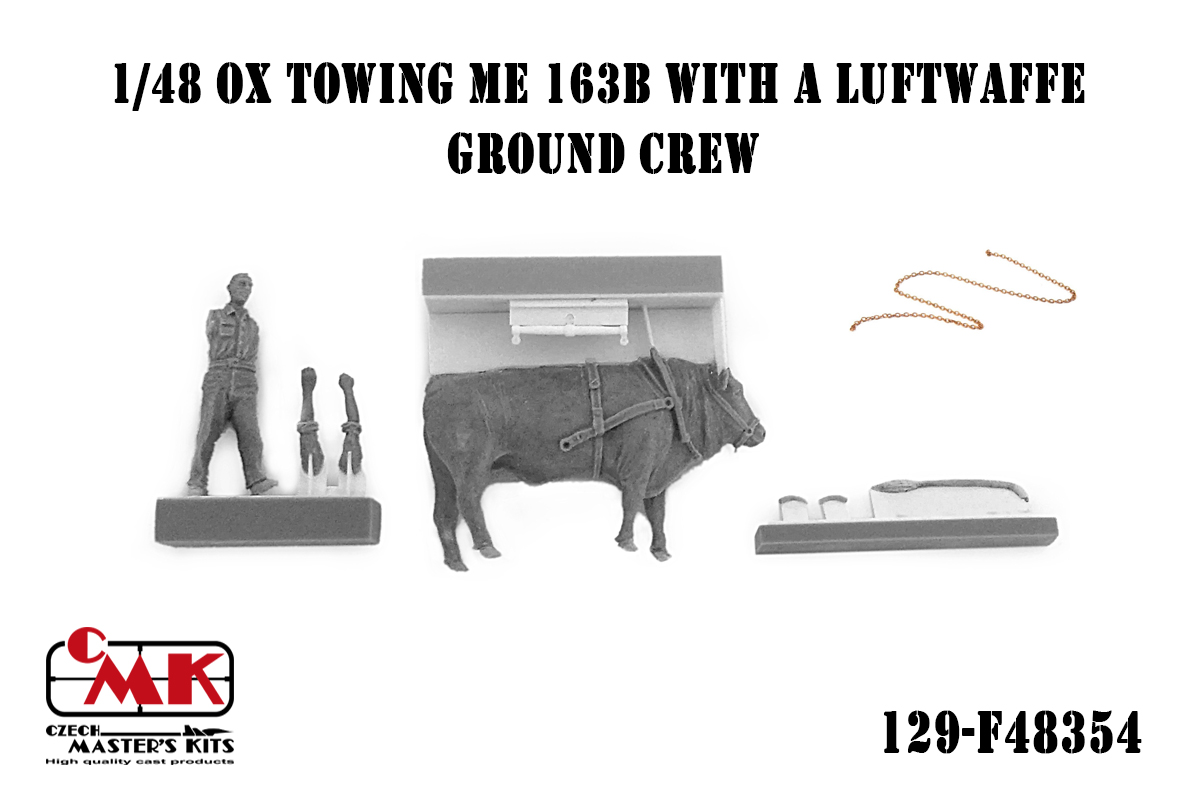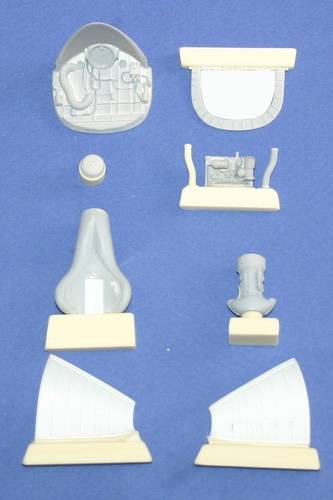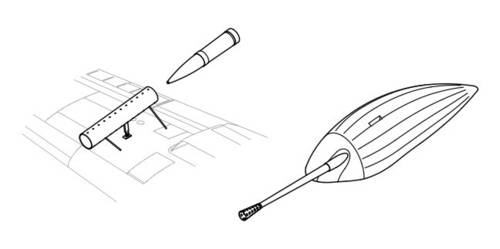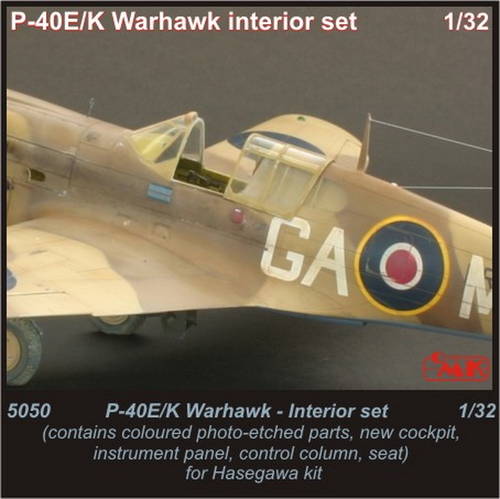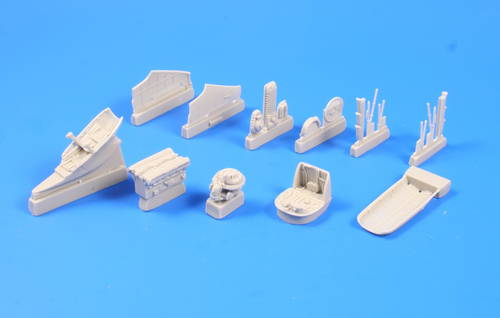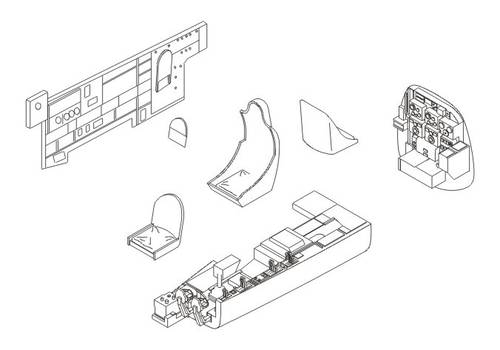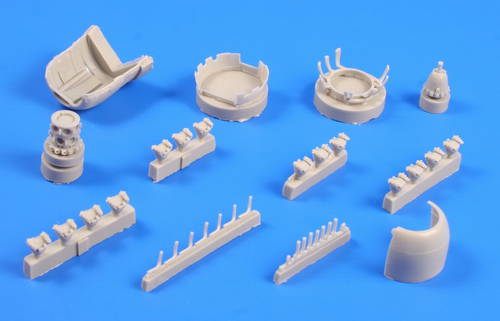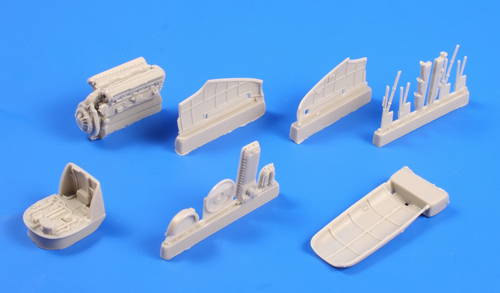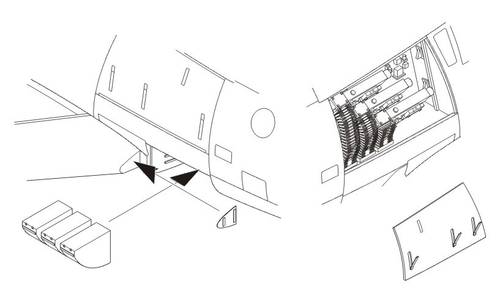Celkem 10160 produktů
Plastikový model letadla 1/72 Avro Rota C.30A 4 decal v. for Czeczslovak.,RAF, Yugoslavia, Australia. The first production design in the series was the C.30, a radial-engined autogyro with a three-blade, 37 ft (11.3 m) rotor mounted on an aft-leaning tripod, the control column extending into the rear of the two cockpits. The engine was the five-cylinder, 105 hp (78 kW) Armstrong Siddeley Genet Major I used in the C.19 series. The fabric-covered fuselage carried an unbraced tailplane, without elevators but with turned-up tips. The port side of the tailplane had an inverted aerofoil section to counter roll-axis torque produced by the propeller. As with most autogyros, a high vertical tail was precluded by the sagging resting rotor, so the dorsal fin was long and low, extending well aft of the tailplane like a fixed rudder and augmented by a ventral fin. The wide-track undercarriage had a pair of single, wire-braced legs and a small tail wheel was fitted. This model flew in April 1933. It was followed by four improved machines designated C.30P (P here for pre-production) which differed in having a four-legged pyramid rotor mounting and a reinforced undercarriage with three struts per side. The rotor could be folded rearwards for transport. The C.30P used the more powerful (140 hp, 104 kW) seven-cylinder Armstrong Siddeley Genet Major IA radial engine.
Plastikový model letadla 1/72 Avro Rota C.30A 4 decal v. for Czeczslovak.,RAF, Yugoslavia, Australia. The first production design in the series was the C.30, a radial-engined autogyro with a three-blade, 37 ft (11.3 m) rotor mounted on an aft-leaning tripod, the control column extending into the rear of the two cockpits. The engine was the five-cylinder, 105 hp (78 kW) Armstrong Siddeley Genet Major I used in the C.19 series. The fabric-covered fuselage carried an unbraced tailplane, without elevators but with turned-up tips. The port side of the tailplane had an inverted aerofoil section to counter roll-axis torque produced by the propeller. As with most autogyros, a high vertical tail was precluded by the sagging resting rotor, so the dorsal fin was long and low, extending well aft of the tailplane like a fixed rudder and augmented by a ventral fin. The wide-track undercarriage had a pair of single, wire-braced legs and a small tail wheel was fitted. This model flew in April 1933. It was followed by four improved machines designated C.30P (P here for pre-production) which differed in having a four-legged pyramid rotor mounting and a reinforced undercarriage with three struts per side. The rotor could be folded rearwards for transport. The C.30P used the more powerful (140 hp, 104 kW) seven-cylinder Armstrong Siddeley Genet Major IA radial engine.
Plastikový model letadla 1/72 Dewoitine D-520 4 decal v. for France. Dewoitine D.520 bylo francouzské stíhací letadlo, které začalo vstupovat do služby jen těsně před vypuknutím druhé světové války. Na projektu Dewoitine.520 se začalo pracovat v listopadu 1936 v soukromé konstrukční firmě vedené Emilem Dewoitinem. První prototyp D.520 poprvé vzlétl 2. října 1938 a byl poháněn novým kapalinou chlazeným motorem Hispano-Suiza 12Y-21 o výkonu 890 koňských sil (660 kW). Během letových zkoušek se však podařilo dosáhnout rychlosti jen 480 km/h, což bylo mnohem méně než očekávaných 520 km/h. Původní prototyp a dva další draky letadla byly v roce 1939 vybaveny novým posuvným krytem a většími ocasními plochami. Tyto prototypy byly vyzbrojeny 20 mm kanónem pálícím skrz dutou hřídel vrtule (tato vlastnost se později objevila v mnoha německých i ruských projektech) a dvěma 7,5 mm kulomety v malých tobolkách pod křídly. Letové zkoušky šly poměrně dobře, takže firma získala v březnu 1939 kontrakt na 200 sériových strojů poháněných novějším motorem Hispano-Suiza 12Y-31. 4 obtiskové varianty: 1. D.520, G.C. III/3, Josef Stehlík, Toulose, May 1940 2. D.520, G.C. III/7, N°421, S/Lt. Yves Rupied, Toulose-Francazal, June 1940 3. D.520, G.C. I/3, N°94, May 1940 4. D.520, G.C. I/3, N°73, André Carrier, Wez-Thuist, May 1940
Plastikový model letadla 1/72 Blohm and Voss Ae 607 4 decal v. for Luftwaffe, Great Britain. Early in 1945, a Blohm & Voss (B&V) aircraft designer called Thieme began work on Drawing Number Ae 607, within the standard drawing numbering system at B&V. His design for a jet fighter was radically different from anything that B&V had done before. A flying wing, it approximated to a 45° delta planform. Reports of its existence were not confirmed until 2017, when the drawing was published. No Project number is recorded for the design and its intended status is unknown.[
Plastikový model letadla 1/72 SIPA S.10/Arado Ar 396 4 decal v. for France, Luftwaffe. V roce 1943 zahájilo Reichsluftfahrtministerium program úspor hliníkových slitin, barevných kovů a kvalitních ocelí v letecké výrobě, zejména u nebojových typů. V rámci úspor těchto materiálů měl být školní Ar 96 nahrazen novým strojem, produkovaným z nedeficitního dřeva a běžné oceli. Společnost Arado přesunula vývoj nového typu Ar 396 ke společnosti Société Industrielle pour l'Aeronautique v okupované Francii. Němečtí a francouzští konstruktéři zde navrhli jednoduchý letoun dřevěné konstrukce, pouze střední kabinová část trupu byla navržena jako příhrada z ocelových trubek potažená tenkým ocelovým plechem. Ocelové trubky byly také v nosnících křídla. Za pohon byl vybrán vzduchem chlazený řadový invertní dvanáctiválec Argus As 411 TA-1 o výkonu 426 kW s dvoulistou automaticky stavitelnou vrtulí. Letecký výrobce SIPA měl postavit tři prototypy Ar 396 a 25 sériových strojů ověřovací série.
1/48 Walrus Mk. I Air Sea Rescue. The third version offers two Walrus Mk.Is used by RAF (ASR) No.293 Squadron for rescue of the downed pilots at sea. One of the machines sports markings of 23 characters for the successful rescue missions. Both members of this Australian crew (pilot F/L E. J. Holmes and radio operator J. R. Berry) were decorated by DFM for saving many lives.
Coffee Cuba Serrano Lavado medium roast (500g). Excellent taste experience in the Caribbean style. This coffee with a full body will surely captivate everyone who is looking for a strong taste. You can look forward to dominant tones of cocoa with a mixture of tobacco aroma. We feel a hint of walnuts in the long-lasting aftertaste. Coffee is usually grown in Cuba at altitudes around 700 m.n.m. Roasting type: mediumTaste profile: Hazelnut, ChocolateMethod of preparation: Automatic coffee machineEspressoAeropressFrench pressMoka teapot / BialletiDrip / Filter
Startovací set pro bullet journal aktivity. Moderní umělecký popisovač se štětečkovým nebo kulatým hrotem.pigmentovaná tušvysoká stálost barevvoděodolný a permanentníneprosakuje skrz papírbez kyselin, zápachu, pH neutrálníSada obsahuje:5 ks Pitt Artist PenPitt Artist Pen Finelinergrafitová tužka Goldfaber, tvrdost Bzvýrazňovač Textliner Pasteltečkovaný blok
Coffee Cuba Serrano Lavado medium roast (500g). Excellent taste experience in the Caribbean style. This coffee with a full body will surely captivate everyone who is looking for a strong taste. You can look forward to dominant tones of cocoa with a mixture of tobacco aroma. We feel a hint of walnuts in the long-lasting aftertaste. Coffee is usually grown in Cuba at altitudes around 700 m.n.m. Roasting type: mediumTaste profile: Hazelnut, ChocolateMethod of preparation: Automatic coffee machineEspressoAeropressFrench pressMoka teapot / BialletiDrip / Filter
1/48 Ox Towing Me 163B with a Luftwaffe Ground Crew. At the final stages of WW2, the Third Reich faced serious shortage of fuel and to save the maximum amount possible, draft animals were used for taxiing aircraft on airfields, too. Even the most advanced jet and rocket-powered military aircraft such as the Me 262 or Me 163 were often seen in 1945 being towed like a mere middle ages style ox cart. This set contains a figure of a Luftwaffe groundcrew with a draft animal ready to tow a Me 163 Komet on the airfield (the figures have been sculpted based on a period photo. However, a photo of a Bf 109G being towed by such poor animal exists too). The draft animal offered in our set can be used in any other type of diorama as well. Country: Germany / WWII
1/48 Ox Towing Me 163B with a Luftwaffe Ground Crew. At the final stages of WW2, the Third Reich faced serious shortage of fuel and to save the maximum amount possible, draft animals were used for taxiing aircraft on airfields, too. Even the most advanced jet and rocket-powered military aircraft such as the Me 262 or Me 163 were often seen in 1945 being towed like a mere middle ages style ox cart. This set contains a figure of a Luftwaffe groundcrew with a draft animal ready to tow a Me 163 Komet on the airfield (the figures have been sculpted based on a period photo. However, a photo of a Bf 109G being towed by such poor animal exists too). The draft animal offered in our set can be used in any other type of diorama as well. Country: Germany / WWII
